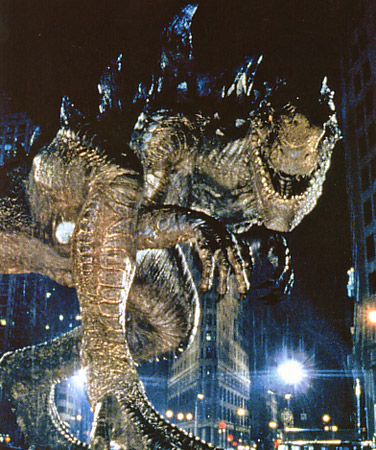
SDCC 2010 wrapped up on Sunday and the convention brought about a lot of announcements, whether it be in movies, comics, TV, or video games. I'm always happy to see with the panels and announcements that the experience is really for the fans. It's great to be able to celebrate fandom and show appreciation for one of the biggest contributors to the industries. But the appreciation doesn't stop there. It continues on with Captain America's shield in Iron Man 1, Harvey Dent posters in Arkham Asylum, and the thousands of quotes of "IT'S A TRAP!" It's all part of the repayment known as fan service.
But when does the mountain of fan service take away from the content? Marvel Studios had panels to discuss the Thor and Captain America movies coming out next year but threw in announcements for what they and Iron Man have been working toward, the crossover film event of the Avengers. If anything is a monument of fan service, this is it. So far the actors mentioned to be in the movie are Robert Downey Jr. (Iron Man), Don Cheadle (War Machine), Chris Hemsworth (Thor), Tom Hiddleston (Loki), Samuel L. Jackson (Nick Fury), Scarlett Johansson (Black Widow), Chris Evans (Captain America), Jeremy Renner (Hawkeye), Mark Ruffalo (Hulk), with rumors of Nathan Fillion (Ant-Man) and Eva Longoria Parker (Wasp) also included. That's 10 heroes and 1 villain so far.
I'm sure plenty of fans out there are dying to see the real life renditions of the characters, but even if it were to be a 3 hour movie, what kind of story can be told that doesn't put some of these stars into a walk-on role? With the X-Men films, the characters had pretty much the same understanding for all of them being there; other people didn't like them. Even with those movies, many of the characters had but minutes of screen time. Spider-Man 3 was weighed down heavily with its 3 villains with none of them really feeling fleshed out. Dark Knight slipped by with its 2 villains, but even so Two-Face felt more like the story of Harvey Dent, which isn't bad but that story ended abruptly. The Avengers' director, Joss Whedon, has the geek background to show some real appreciation for the characters and put together a great story, but most of his experience is in TV. He's shown he can handle a handful of entertaining characters over a series, but his first film, Serenity, suffered as a stand-alone piece. Without viewing Firefly, the TV series leading up to Serenity, the large cast felt more like place holders rather than a mix-matched crew of scoundrels. Maybe Whedon has picked up some tricks in the last 5 years, but I think it's a monster for even some of the greatest actors to tackle.
Will Marvel Studios be able to pull of the giant pile of fan service that is The Avengers or will it just be another kind of pile? We've got a few years before we find out but I'm going to hold off on my excitement. Secretly, my inner Akiro Kurosawa fan hopes Whedon makes it as much like Seven Samurai as the Magnificent Seven, but I can only dream.





